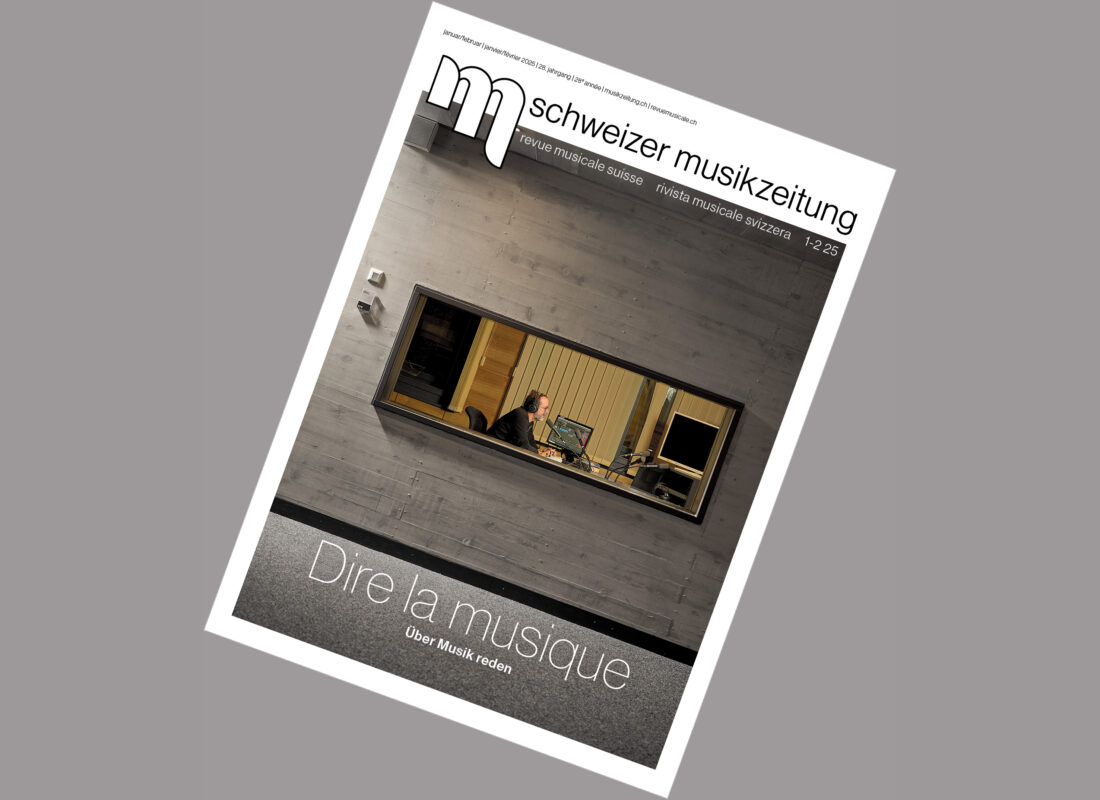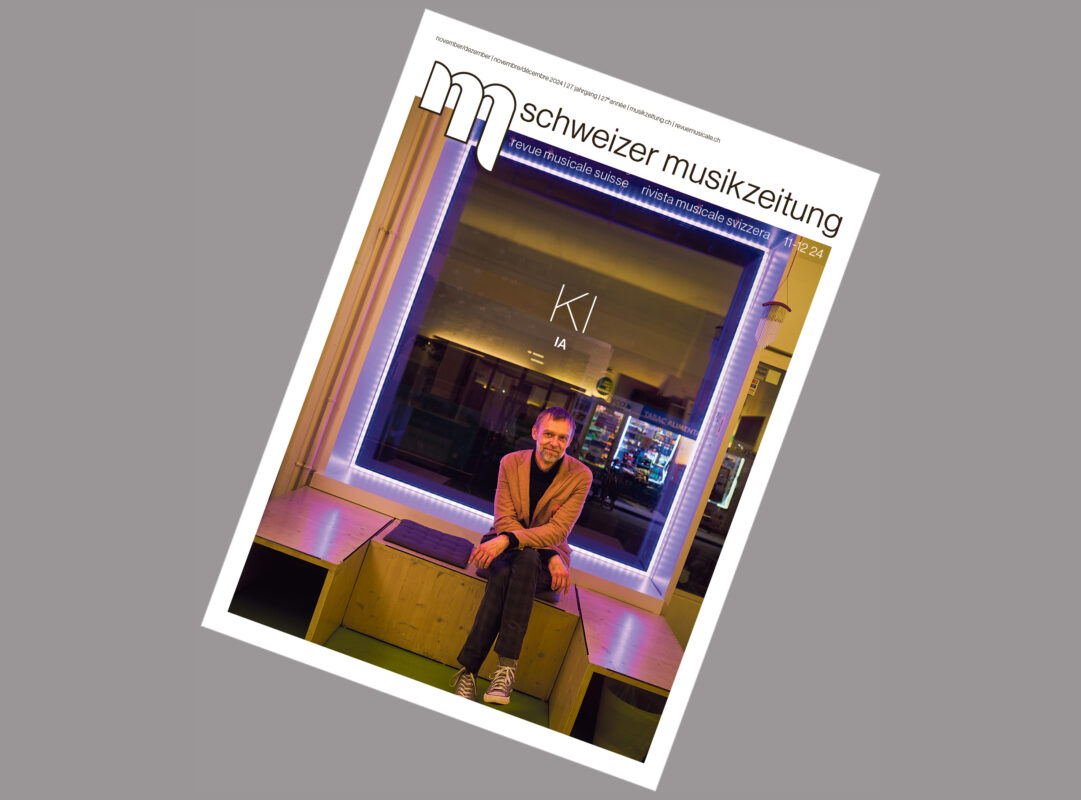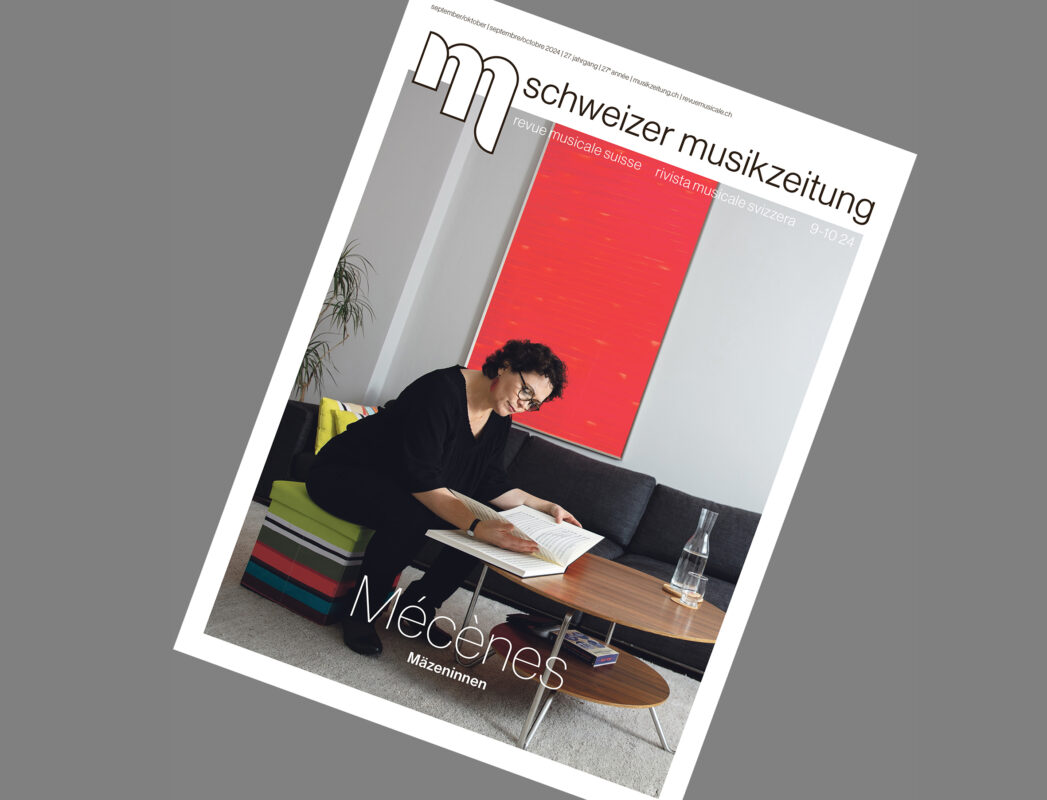Where bells ring for hours
A special tradition of bell ringing has existed in England for centuries: change ringing. A visit to the University Guild of Change Ringers of Cambridge.


A special tradition of bell ringing has existed in England for centuries: change ringing. A visit to the University Guild of Change Ringers of Cambridge.
When the bells ring in a southern English town on a Sunday afternoon or in the evening, it is often not to strike the hour or even to call the faithful to church. It is possible that the ringing continues for a whole hour or, in exceptional cases, even three hours without interruption. At such moments, "an English peculiarity" can be experienced that is "like all English peculiarities, incomprehensible to the rest of the world". At least that's what the English crime writer Dorothy Sayers once wrote in The Nine Taylors (The chime, 1934). There, the bell ringing lasts a whole 15 hours. And in the meantime, of course, someone dies. That is literature.
So this is no ordinary ringing, but a typical English quirk that can probably only be found on this island: change ringing, a custom that has a long tradition. This musical sport has many followers in its home country, but is little known beyond that. It is practiced in the former colonies, and something similar is said to exist in northern Italy. But it probably takes a certain amount of British tolerance for no one to be bothered by it. When I visited the Change Ringers at Cambridge University, they rehearsed on Friday evenings from 8 to 10 p.m., initially with muffled, but then with unmuffled bells - in the church of St. Benet with the oldest tower, which dates back to Saxon times, from the 10th century, and stands in the middle of the town. On Sundays, the ringing in the large church of St. Mary lasted an hour in the morning and again in the afternoon.
Caption
Change Ringing at the National Cathedral in Washington DC (unfortunately there are no photos of the bell ringers in action at St. Mary's in Cambridge). The small bell in the foreground serves as a model to explain the ringing technique: on the first pull, the bell's mouth, which is open at the top, swings downwards; on the second pull, the bell completes the circle.
The following members of the Washington Ringing Society are ringing: Ed Donnen, Carleton MacDonald, Paula Fleming, Haley Barnett, Rob Bannister, Mary Clark (from left to right).Many thanks to Robert Kendall and the Washington Ringing Society
Combinations of sounds reminiscent of serial music
The British Change Ringers are organized in guilds that meet regularly for rehearsals and "performances", they have an umbrella organization, the Central Council of Church Bell Ringers, founded in 1891, as well as a weekly magazine and various websites on which successful peals (to peal = ringing); they regularly hold regional and national meetings and competitions. The world record is 17 hours 58 ½ minutes, set in 1963 at the Loughborough Bell Foundry after two unsuccessful attempts.
The origins go back to the 17th century (or even further). In 1668, Fabian Stedman, one of the founding fathers of change ringing, published a book entitled Tintinnalogia together with Richard Ruckworth, in which he explained the process. Stedman once rang the bell in the tower of St. Benet. A plaque commemorates this, and some of the frequently used methods are named after Fabian Stedman. Because this is not about wild, random ringing, but about mathematical procedures with method, about a combination of tones reminiscent of serial music. The bells are rung one after the other, but never in the same order, but in a different sequence with each pass, with each change. None of them are to be repeated, which places certain demands on the combinatorics, as the sequence cannot be changed at will and a bell can only change one position with each pass. The bells, some of which are very heavy, can only be controlled for a short time if they are upside down after the upswing. The change ringer then gives them a boost at the right moment by pulling on the rope. If these movements are mastered, the result is a completely harmonious, seemingly effortless sequence. Aim at the rope - release - grab again - pull, beautifully regular.
With four bells, for example, this results in the following sequence: 1-2-3-4, then 2-1-4-3, then 2-4-1-3, then 4-2-3-1, then 4-3-2-1 and so on. The number of changes is limited. With two bells there are two possible changes, with three there are six, i.e. three factorials, and with four there are 24, which only takes a short time. With six bells, however, there are already 720 changes, and with seven, 5040 changes. Performing over 5000 changes is a peal in the language of change ringers - and takes a good three hours. Getting through that is quite an achievement. With eight bells it is over 40,000 changes, with twelve it would be almost half a billion, but no one has ever dared to do this before. The world record was 40,320 changes on eight bells, played by one team without any interruptions and without any substitutions.
-
- Film by Thomas Meyer
- Bells of St. Mary in Cambridge
Sport, hobbies, socializing and a little music
You now have to find a way through these changes, a method. And there are countless of them; new ones are constantly being developed and published. No wonder there are numerous mathematicians and scientists among the change ringers. Musicality is not a prerequisite. The point is to ring as evenly and flawlessly as possible. And this needs to be practiced, in church or at home, because the methods can also be used with hand bells. A young change ringer from the University Guild of Change Ringers of Cambridge, founded in 1879, told me that she often works on new methods and then tries them out with colleagues in her bedroom.
An experienced change leaper has a few thousand three-hour peals in his life. Which once again shows us the quirkiness - it is a little "geeky", said Claire Barlow, my expert in Cambridge, laughing: a mixture of sport, hobby, socializing and a little music. At the same time, the tradition is also very much part of the church context. The change ringing frames the church service, and the priest comes up to the tower room for a short prayer. Ten-minute sections are played, led by a master or, as in Cambridge with Liz Orme, a female master. Similar to a coach, she orders who takes over which bell and which function in the next round (because a change ringer calls out the changes - the dodges, the hunts, the jumps - in the method). After all, everyone should get a turn. It's a question of balance. A precise record is kept of the changes played.
Incidentally, a change wrestler in Cambridge told me that there is a small revival among the younger generation. Apparently, for once, this is an activity without problems for the next generation. But beyond the island, only a few people are familiar with it, often not even composers who deal with combinatorics and permutations. But there are those who do, for example the American Tom Johnson, a specialist in logical music (he has developed similar permutation techniques in his own pieces). Detlev Müller-Siemens has worked on it, Alfred Zimmerlin, who gave me the tip, and Regina Irman, who dedicated one of her songs from 2009 to ringing. She got to know change ringing in a small group in Winterthur - yes, it also exists in Switzerland. However, as there are no suitable bell towers, hand bells are usually used. Incidentally, Pierre Boulez, as he once told me, also used the change ringing method for some passages of his masterpiece Répons. But that was the only time he did so because he found this method a little simplistic.
As a mathematical method, change ringing has aroused the interest of many contemporary composers; for the time being, the practice remains the preserve of the Anglo-Saxons. And probably only those who happen to encounter such a ringing on a Sunday afternoon in a southern English town will experience the peculiar fascination in the flesh: the tremendous intensity of the repetitive and yet constantly changing sound of the bells, this stepping out of everyday life, this seemingly wild and yet tamed combinatorics.
RADIO SENDING
Thomas Meyer documented the change ringing in Cambridge in a radio program:
www.srf.ch/player/radio (search term: change ringing)
ARTICLE AS PDF
Here you can download the article with one click.








